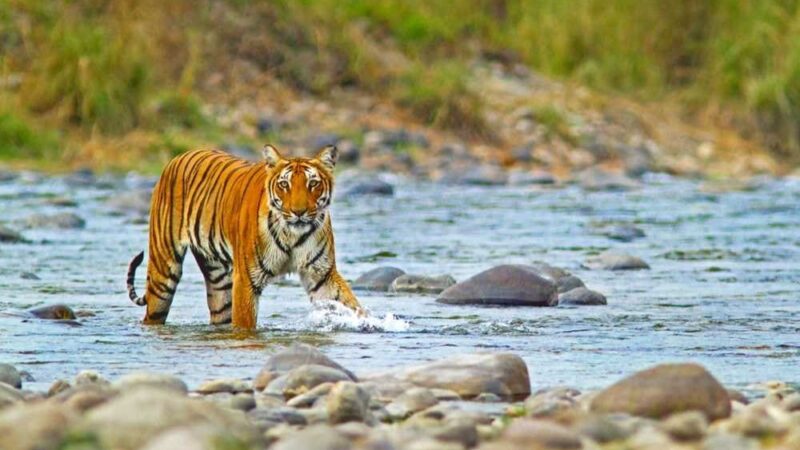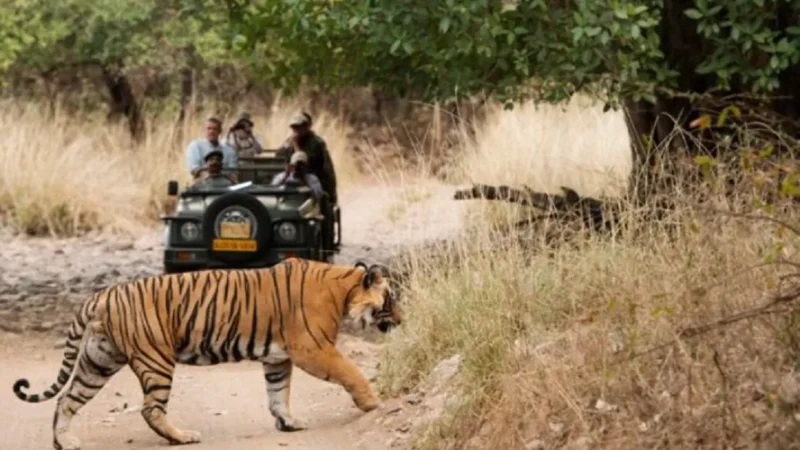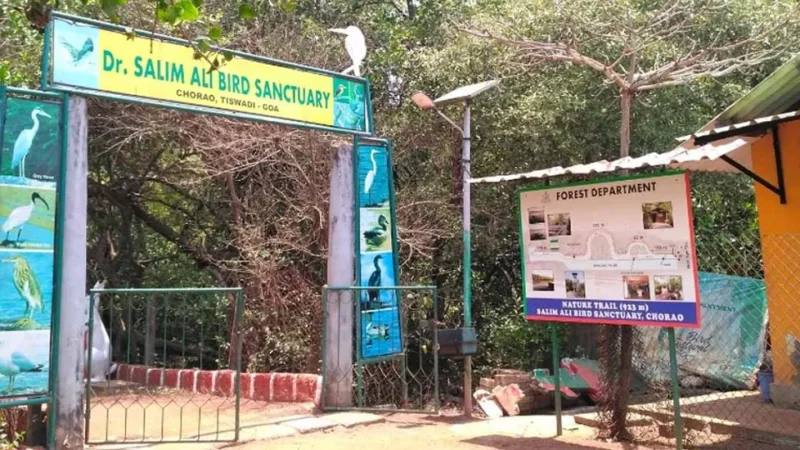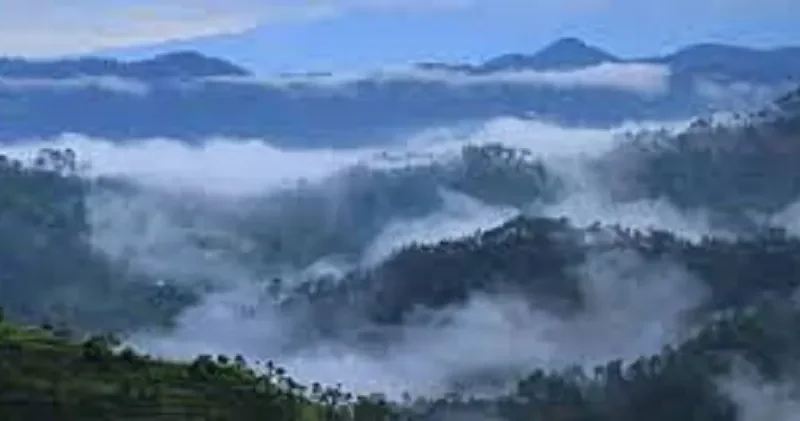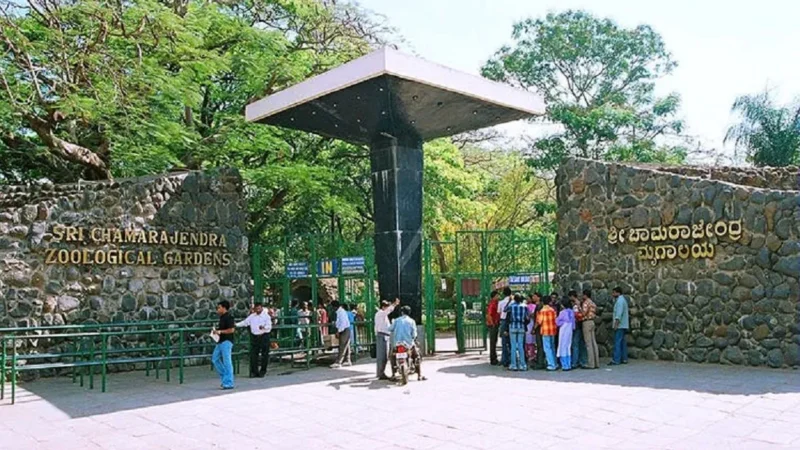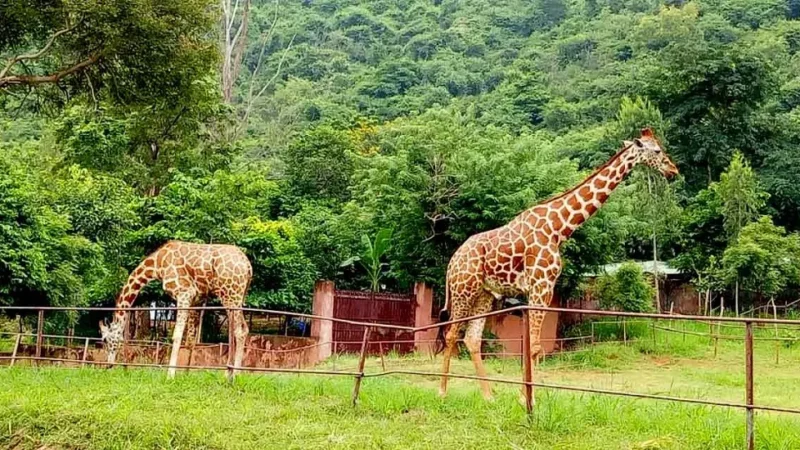Bandhavgarh National Park: Best Time To Visit Bandhavgarh, Flora & Fauna, Things To See & Do
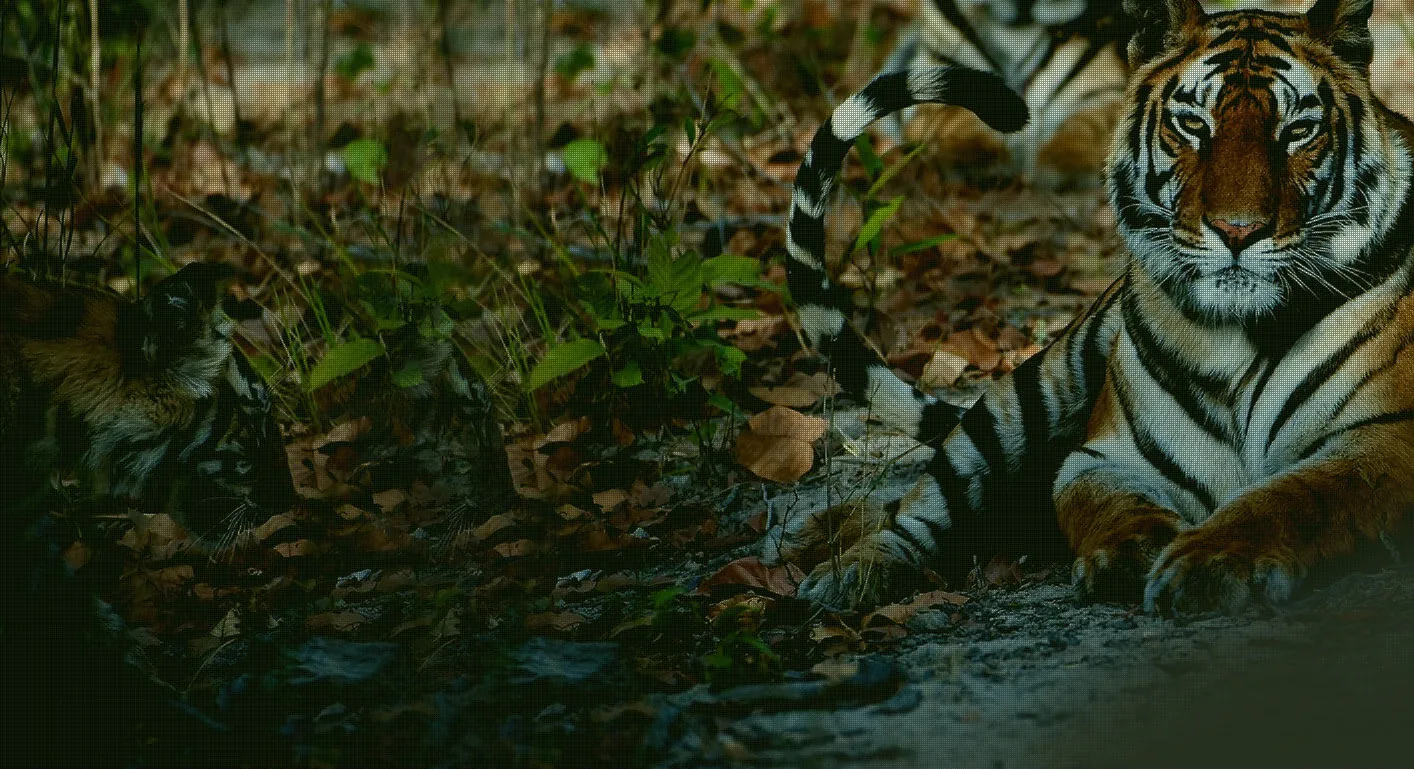
Table of Contents
ToggleBandhavgarh National Park in Madhya Pradesh
Bandhavgarh Tiger reserve is located in the Central State of Madhya Pradesh in the eastern Satpura hill range of Umaria and katni districts. This reserve is known for the large population of Bengal tigers. Bandhavgarh Tiger Reserve is vital, considering its Flora and Fauna diversity.
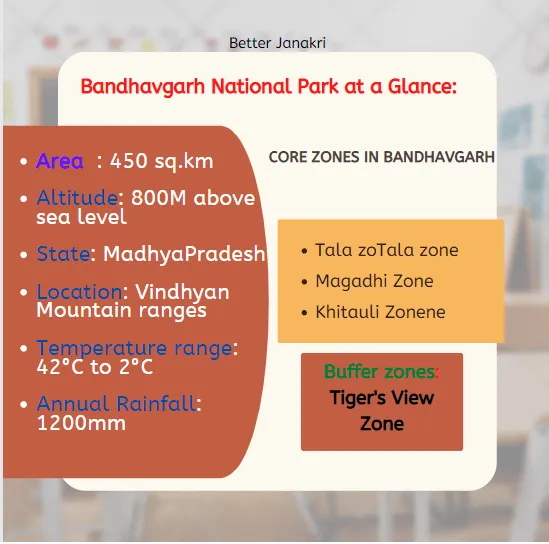
Best Time to Visit Bandhavgarh National Park
The best time to see Tigers is Apr to May, as the vegetation is dry and sparse and wildlife comes to the few remaining waterholes to drink, but be prepared for the heat – expected temperatures can go to mid 40°C –
Bandhavgarh is closed during the monsoon season from July to mid October. Most visitors come in between Nov-Mar, when the environment is green, the birdlife is amazing and temperatures come between the mid 20°C, but be prepared for cold mornings in Dec and Jan.
Opening Time of Bandhavgarh National Park
The timings of Bandhavgarh National Park differ according to seasons. In winters the daylight hours make the evening exit time shorter and morning entry time longer. The best time to enjoy wildlife safari at Bandhavgarh National Park is from the months of October to June. The park remains open for wildlife admirers from 15th October to 30th June.
Safari Timings in Bandhavgarh National Park is as Follows
From 15th October to 15th February-
- Morning timing – 7 am to 10:30 am
- Afternoon timing – 2 pm to 17:30 pm
- Fort safari timing – Sunrise to sunset.
From 16th February to 31st March –
- Morning timing – 6 AM to 9:30
- Afternoon timing – 15:00 PM to 18:30 PM.
- Fort safari timing – From Sunrise to Sunset.
From 1st April to 30th June –
- Morning timing – 6am-9:30am.
- Afternoon timing – 15:30 PM to 19:00 PM.
- Fort safari timing – From Sunrise to Sunset.
Bandhavgarh Safari Booking-
For any booking at this national park like Bandhavgarh safari booking, Bandhavgarh national park safari booking, Bandhavgarh national park booking, Bandhavgarh tiger safari, Bandhavgarh jungle safari booking, you can visit the official website of Bandhavgarh national park.
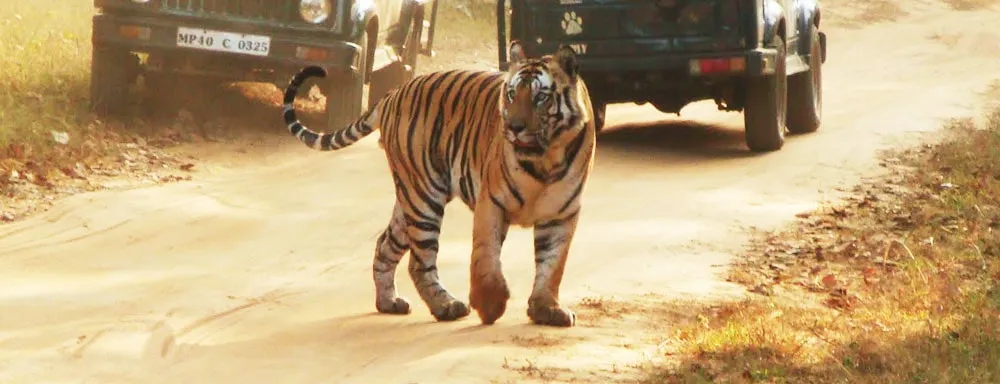
Some Interesting Facts about Bandhavgarh National Park
Mythologically the name “Bandhavgarh” meant (Bandhav = Brother and Garh = Fort) and was acquired by the name Bandhavgarh with the name of the Fort. This Fort was built and gifted to brother Lakshman by Lord Rama to keep a watch on Lanka; hence, it acquired the Reference to this, also found in the Narad Panch Ratna and Shiva Sanhita Puran.
Bandhavgarh reserve’s expanse weaves core and buffer zones, comprising 1536 sq. km. It is a paradise for big cat lovers, photographers, and wildlife filmmakers. Other than Tigers and Leopards, there is mixed vegetation of Sal and Savannahs. Bandhavgarh is an abode of wild elephants, sloth bears, spotted deer, sambhar, barking deer, Indian gaur, jackal, wild boar, langur, and macaques.
There are 37 mammals, 80 species of butterflies, and more than 250 species of birds in Bandhavgarh national park.
Bandhavgarh National Park at a Glance:
● Area : 450 sq. km (Core area: 105 sq. km)
● Altitude : 800 m above sea level
● State : Madhya Pradesh
● Location: Vindhyan Mountain ranges of central India
● Temperature range : 42°C to 2°C
● Annual Rainfall : 1200mm
There are three core zones in Bandhavgarh. Tala, Magadhi, and Khitauli with an area of 716 sq. km, and the remaining 820 sq. km are of the 3 Buffer zones Dhamokhar, Johila (Kalwa), and Panpatha (Pachpedi).
Core Zones of Bandhavgarh
● Tala zone
It is the park’s oldest zone, where the Bandhavgarh fort is situated. A 10th-century statue of Vishnu, SheshShaiya, is highly revered and a significant tourist attraction. SheshShaiya is the point of the Charan Ganga river. It is the lifeline of the park and many large meadows. Bari Gufa caves from the 10th century are also located here.
It includes the famous Chakradhara and Rajbhera meadows that offer charming views and exceptional sightings.
Documentaries filmed on Tigers around these meadows:-
-The Hunt & Dynasties
-Towering Sal forests and grasslands characterize the Tala zone
● Magadhi Zone
Magadhi is the zone identified by grassland and mixed dense forest cover. There are several natural and manufactured water holes in Magadhi, such as SukhiPatiha, Dabhadhole, Charkpwaha, and Murdhawa. In recent years, Magadhi has become the best place for Tiger viewing in Bandhavgarh.
● Khitauli Zone
Khitauli zone is a dry-ephemeral forest and has become a hotspot for Tiger viewing in the last few years. About a year back, a herd of migrant wild elephants moved here and established Khitauli as their home. They have ample food in the form of bamboo covers. Khitauli zone is also suitable for viewing nilgai, four-horned antelope, and Chinkara.
● Buffer zones
Being under-rated buffer zones are rarely preferred for safaris, as it melds some villages, farmlands, scrub forests, grasslands, and dense vegetation. It’s a habitat for four-horned antelope, Chinkara, wolf, and blue bull.
There is a myth that tigers are only viewed in the core zone of the park.
The buffer zone is open for tourists throughout the year. With the new permissions granted for Night safari time 7.00–9.30 pm, the hidden nightly gems are also sighted along with tigers. There are three buffer zones in Bandhavgarh.
● John Buffer
It extends to the Tala zone – Johila buffer’s entry point lies near Chechpur village, on the way towards Manpur – Shahdol. This is 35 km away from Tala village. It was named after the beautiful Johila waterfall, an attraction for tourists during buffer safari.
● Dhamokhar Buffer
It is an extension of the Magadhi zone. Dhamokhar buffer’s entry point lies between Mahaman and Paris village. This is 14 km away from Tala.
This covers Jamunia, Jhanjh, Mudgudi, Kehrawah, Kadewaha, Madehavah, Kalwadhaar and Badawar regions.
● Panpatha
It is an extension of the Khitauli zone. Panpatha buffer’s entry point lies near Pachpedi village. This is 25 km away from Tala village. The major attractions of this area are Chinkara, four-horned antelope, and blue bull.
Flora and Fauna Wealth of Bandhavgarh National Park
Flora in Bandhavgarh national park:
It is known to be rich in diversity of flora to the combination of different types of soils and landforms, and the region remains very moist.
It has over 50 aquatic plant species, 600 flowering plants, and 18 rare plants. There are different trees in the national park, such as –
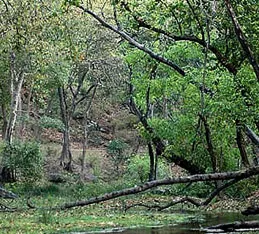
● Sal Tree:
This is a timber tree. It is mainly found all around the tiger reserve. It is a slow and moderately growing tree. It is located high in the forest. Its anti-termite wood is primarily used in making railway sleepers and furniture.
● Mahua (Indian Butter) Tree:
It has been used in the villages for ages in Central India. Oil from its seed is mainly used in the soap industry as edible oil. Its fleshy flowers are highly rich in sugar, calcium, and vitamins for animals and birds.
● Saj Tree:
There are over 200 species of shrubs and trees in the Terminalia Linn. It is a rich source of non-wood products, such as drugs, oil, and gums. It is known as the crocodile bark tree because of its unique patterns on the bark.
● Palash Tree (Flame of Forest) -
This is well known for vivid orange flowers blooming in February.
● Stone Apple (Bel) -
The outer crust of its fruit is very hard. It is known as the stone apple due to this reason. Its juice is extracted to make healthy drinks to soothe all stomach problems like constipation and diarrhea.
● Banyan:
This tree grows as a giant tree stretched over several hectares. Its figs are good for mammals and birds like mynas.
Fauna in Bandhavgarh national park:
When exploring the dense jungles, you can easily find the fantastic fauna species.
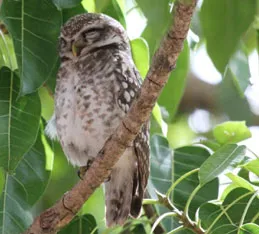
● Tiger:
This park is famous for the Royal Bengal Tigers. The density of the Tiger population at Bandhavgarh is the highest known in India.
● Sambar:
Nother famous mammal that can be spotted easily here is Sambar. They are the largest deer in Asia, weighing 350 kg and around 150 cm high up to their shoulders.
● Sloth Bear:
As its name suggests, the Sloth bear is like a mixture of bear and sloth. Its diet mostly depends on vegetation, and mahus fruits and honey are its favorite. They are relatively small.
● Barking Deer:
They are also known as Axis Deer. They play a vital role in ecological balance.
● Chital:
They are relatively more minor than Sambar and Chital. They are water bodies.
● Langur:
They can be easily found in temples and rural areas, along with jungles.
● Wild Dogs:
They are also known as Dhole in Central India. Wild dogs also communicate by whistling along with barking.
Where to Stay During Bandhavgarh national park Tour
● Mahua Kothi -
Taj Safari, Bandhavgarh National Park. It was named after the Mahua tree that is found in abundance here, this jungle resort sits on the periphery of the national park.
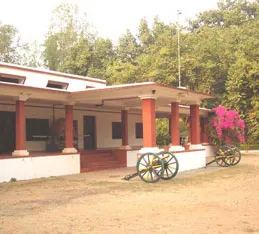
● Samode Safari Lodge -
Taj Safari, Bandhavgarh National Park. It was named after the Mahua tree that is found in abundance here, this jungle resort sits on the periphery of the national park.
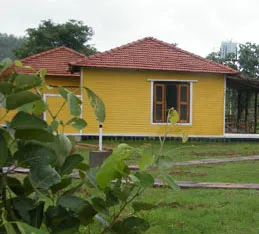
● Bagh Tola Bandhavgarh
This is a house in a forest spread over 30 acres. This private safari lodge is located just a short distance away from the Magadhi zone of the park.
There are many other attractive resorts or stays houses too-
Bandhavgarh resort, Mogli resort bandhavgarh, Bandhavgarh national park resorts, Aranyak resort bandhavgarh, Tiger trails resort bandhavgarh, gtv resort bandhavgarh, Bandhavgarh tree house, Bandhavgarh villas, etc.
Popular Places to Visit Around the Bandhavgarh National Park
Following are the places to visit near Bandhavgarh–
● Bandhavgarh hill
● Shesh-Saiya
● Bandhavgarh Ancient Caves
● Panpatha Wildlife Sanctuary
● Climbers Point
● Baghel museum
● Tiger journey
● Safari monks
● Sky waltz balloon safari Bandhavgarh
So this shows Bandhavgarh national park must be worth visiting. When you start exploring this national park, you will learn about many things. This national park is a beauty in itself.

